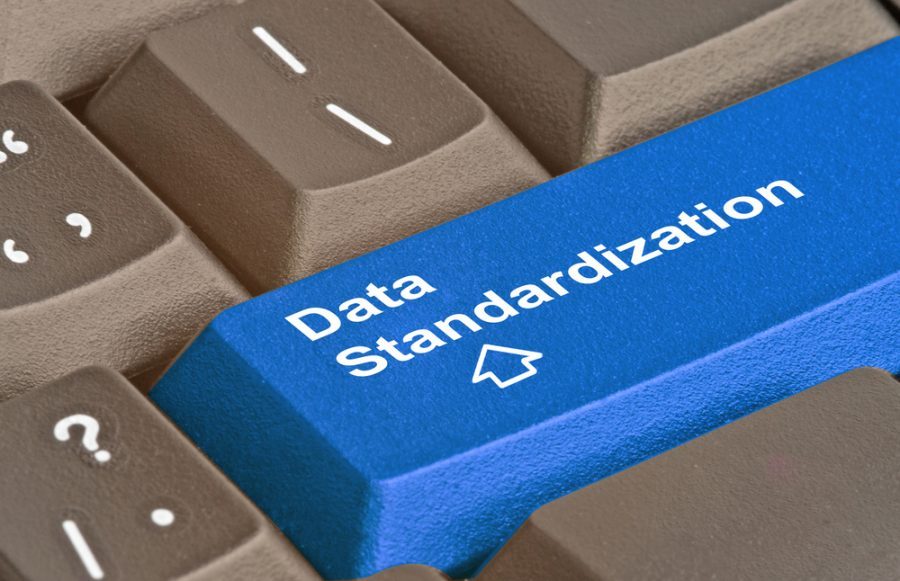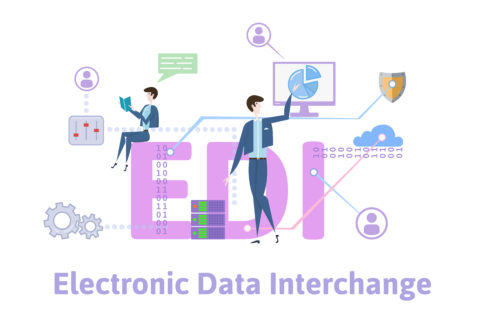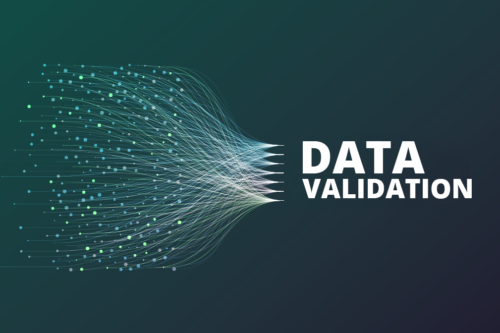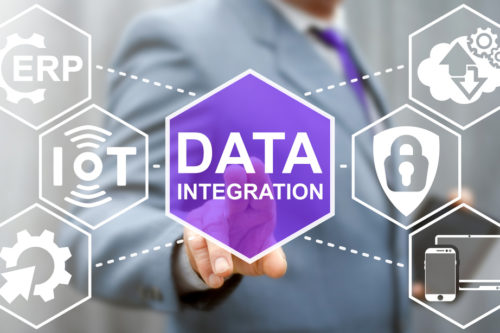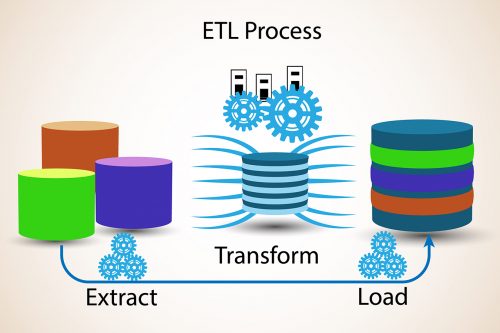Data provides the most valuable insights when you have something to compare it to. For instance, it’s good to know that your marketing efforts roped in 100 new clients this year, but that doesn’t tell you what you should do next year. If it’s a 40% decline from last year, clearly you need to make some changes. And, if it’s a 40% increment, you know that you’re heading in the right direction.
However, data comparisons aren’t useful if data is corrupt, irrelevant, or inconsistent. That’s where data standardization steps in. It is the process of ensuring that your data can be compared to other data sets.
In this blog post, we’ll take a look at what data standardization is and why it is important. Plus, we’ll share a step-by-step guide to help you standardize your data.
What is Data Standardization and Why It is Necessary
Data standardization helps ensure that data is internally consistent. It makes certain that each data type has the same content and format. Standardization comes handy when you have to track data that isn’t easy to compare otherwise.
Lack of standardization yields bad data, which has many undesirable outcomes such as sending poor emails, emailing to bad addresses, inaccurate reporting, poor resource allocation, or losing customers altogether.
For example, holding companies with independent subsidiaries, franchisees, business units, global offices, and external partners receive inconsistent financial data that must be standardized before it is used.
By bringing data into a common format, data standardization allows for collaborative research, large-scale analytics, and the sharing of sophisticated tools and methodologies. It is a crucial part of ensuring data quality.
Data Integration: Normalization vs Standardization
Standardization is useful when we have to compare measurements that have different units. It is performed to bring the structure to a common format. On the other hand, normalization is a technique used in designing databases. It is performed to remove redundancy of data.
Without normalization, a database may encompass data that’s present in one or more different tables for no apparent reason. As a result, it could be bad for security reasons, disk space consumption, speed of queries, efficiency of database updates, and perhaps, data integrity. Thus, normalization breaks down a database logically into smaller, more manageable tables.
When to Standardize Your Data
Data standardization is commonly used for source-to-target mapping. It can be further divided into two use-cases:
- Simple mapping from external sources: You should standardize data when onboarding it from systems that are external to your organization, and mapping its keys and values to an output schema.
- Simple mapping from internal sources: Standardization is also used when handling internal datasets that are based on inconsistent definitions and transforming them into one reliable dataset for the whole company.

Data standardization process explained. Source: Astera
For example, customer names may be represented in thousands of semi-structured forms. By using standardization, you can parse the different components of a customer name (such as first name, middle name, last name, initials, titles, etc) and then rearrange those components into a canonical representation that other data services can manipulate.
The 4 Steps to Data Standardization
Here’s a step-by-step guide on how to standardize data:
1. Ensure Your Data is Clean and Correct
The first step is to ensure that the data is correct, clean, complete, formatted, and verified before you perform any action on it. It guarantees the accuracy and integrity of the information as well as prevents bad data from entering your database.For example, you can clean data either before migration or at the initial entry point within your CRM system.
2. Identify the Points of Data Entry
The next step is to know what data you are gathering and how you are gathering it. For example, suppose you’re capturing data via a web form that can have open text fields or multiple-choice options. Knowing where and how this data is gathered helps determine whether normalization is required.
3. Translate Data into a Standardized List
You need to specify the type of data that needs normalization. Translating data into a standardized list can empower you with the ability to take actions that otherwise would be challenging. For example, you can normalize job titles, locations, and addresses entered in the webform.
4. Create the Normalization Matrix
A normalization matrix maps unclean data to your new standard data values. Consider starting with a value that is significant to your business, such as job title. Identify job levels for the different job title values, and then refine the title-to-level interpretations.

Data Standardization process in Astera Centerprise. Source: Astera
Once you define the normalization matrix, run it against your data. You need a data normalization program to compare the entry data to the final result.
How Data Standardization Tools Help Businesses
Often, data might require standardization on a field by field basis. This is done in terms of units of measure, dates, elements like color or size, and codes relevant to industry standards. Data standardization and integration tools expedite this by automating the process. They allow you to weave together data from multiple formats and sources for a consolidated view.
One such powerful tool is Astera Centerprise, which is an enterprise-grade ETL solution. It integrates data across numerous systems, supports data manipulation with a comprehensive set of in-built transformations, and helps move data to a data repository, all in a completely code-free, drag-and-drop manner. You can easily examine your source data and get detailed information about its structure, quality, and integrity. You can also define custom data quality rules to validate incoming data and identify missing or invalid records.
Conclusion
Data standardization allows you to analyze and use data in a consistent manner. Usually, when data is created and stored in the source system, it’s structured in a specific way that is often unknown to the user. Also, datasets that might be semantically related may be stored and represented differently. This makes it difficult for a user to aggregate or compare the datasets.

